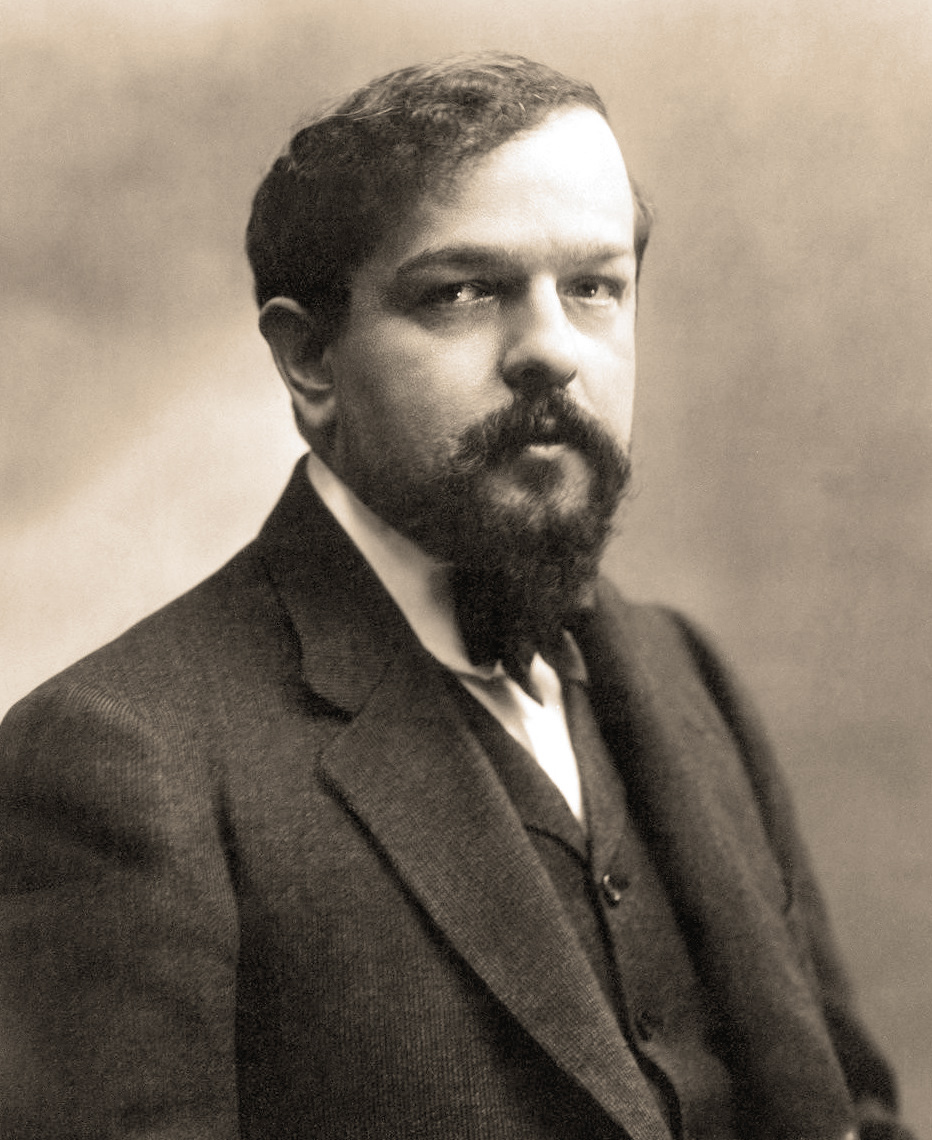Claude Debussy: The Poet of Music
- Chloe Sokolowski
- Dec 17, 2022
- 2 min read
Clair de Lune is a piano piece that is instantly recognizable. The piece is written in Db Major with a 9/8 time signature and is the third movement of Claude Debussy’s piano suite, Suite Bergamasque.
The French composer Claude Debussy was born in 1862. To escape the siege of Paris during the Franco-Prussian war in 1870, Debussy’s mother took him and his sister to stay with their aunt in Cannes, a city in Southeastern France. Here, Debussy had his first piano lessons. At just ten years old, Debussy was admitted to France’s leading music college, the Conservatoire de Paris.

Claude Debussy was a poet and writer himself, and many of his compositions were inspired by literature from authors including Shakespeare, Charles Dickens, and Edgar Allan Poe. Clair de Lune was inspired by Debussy’s friend Paul Verlaine’s poem entitled “Clair de Lune,” an introspective poem that depicts how the human soul is full of music “in a minor key” where birds sing by the “sad and beautiful” light of the moon. “Clair de Lune” translates to moonlight.

Debussy began to develop his own unique musical style by 1890 at 28 years old. The artistic style previous to Debussy’s work was that of the Romantic period, which emphasized emotion and a strong relationship with nature. Romantic music consisted of large orchestras and powerful musical motives. Following this period came the Impressionist movement, which is said to have been pioneered by Claude Monet. Impressionist art used small, visible brush strokes to portray realistic scenes of people or nature. Debussy’s music largely reflects this period through his simplistic compositions. In contrast to dramatic orchestrations of the prior Romantic period, Debussy’s music rarely uses every instrument of the orchestra at once. Most of his pieces for orchestra feature several solos throughout, with the rest of the orchestra providing accompaniment. Often a melody is played by one instrument then passed around to other instruments in order to emphasize a musical motive, just as a poet would use repetition to emphasize an idea. Most of Debussy’s pieces are slow in tempo, reflecting impressionist ideas of living in the moment and recognizing the beauty of the world around you. Debussy’s compositions also contain sweeping scales and arpeggios that cascade beautifully across the piano, resembling a flowing waterfall. Debussy’s melodies depict the beauties of nature in a way that can only be portrayed through music.

Images, a solo piano suite with six movements:
Prélude à l'après-midi d'un faune, for orchestra


Comments